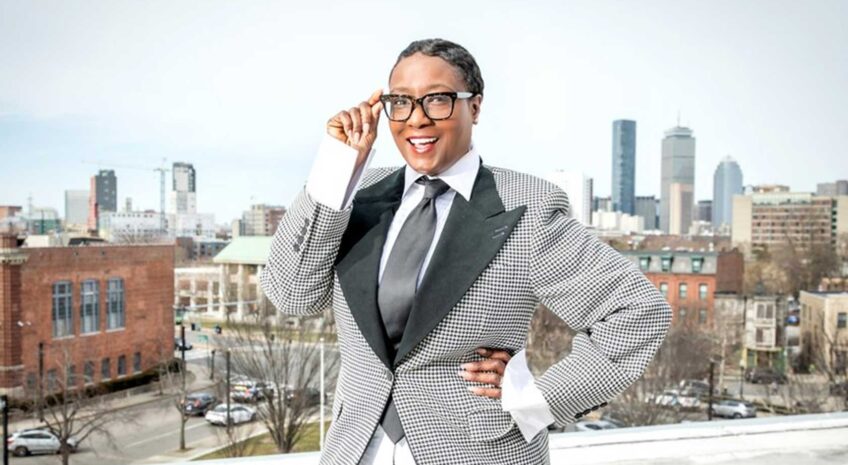The Business Case for Diversity and Inclusion
A diversified workforce gets results
Diversity and inclusion are not do-gooder causes. There is growing evidence that having a diverse workforce drives business results, and the vast majority of global companies know there is good reason to understand and build inclusive culture.
According to a 2014 Deloitte survey, 71 percent of companies, most of them global or multi-national, aspired to create an inclusive culture within three years because they believed it can create business value. Only 11 percent of companies surveyed reported that they currently had an inclusive culture. The report indicated that investments are not commensurate with what the companies wanted to achieve. Clearly, there is work to do to translate aspirations into action.
Historically, the reasons companies invest in diversity and inclusion have evolved. Diana Solash, global director of diversity and inclusion at Ernst & Young, described scenarios at the Conference Board’s 2015 Corporate Diversity & Inclusion Conference.
Early on, diversity and inclusion was compliance-driven, almost a “check-the-box” kind of priority. Later, it was about the felt need to project a positive quality of character: there were “good guys and bad guys,” and companies wanted to prove they were among the good guys. In more austere times, after the negative business cycles following Sept. 11, 2001 and the financial crisis of 2008, companies were demanding a better rationale for investment. All these speak to the way motivations of management evolve as they view changing business imperatives.
At Ernst & Young, they made a convincing case through engagement surveys. They were able to show that company units with the highest level of engagement were more diverse and performed better than others. Those who scored lower showed more insider-outsider dynamics. In this way, Ernst & Young was able to demonstrate a link between inclusion and business performance.
EMC, a global IT company based in Boston, also made this case. Its global diversity officer, Jackie Glenn, noted in an interview last year that diversity promotes innovation: heterogeneous teams generate more creative solutions. EMC has a global footprint and relies on human capital. Glenn observed that the major obstacle to further progress is the “frozen middle” — middle managers’ understanding of why diversity and inclusion are a business imperative. But the case is clear. As Glenn puts it, “Inclusion isn’t a social nicety.”
Investment in diversity and inclusion by progressive global firms like EMC and Ernst & Young may even impact capital markets. A study based on 100 firms drawn from Fortune magazine’s best companies for minorities found a positive relationship between diversity reputation and book-to-market equity.
To sum it up, perceptions about an organization’s reputation for promoting diverse leadership drive value. According to the researchers, the study suggests that “there is some value in effort and expenditures devoted to attaining best-company designation for diversity and diversity management [as it may] … signal … a firm’s earning prospects, thereby enhancing … perceived value among investors.”
So there is good reason for organizations to recommit to diversity, and keep working at it. We have to invest in the right places and measure progress, and we have to recognize more quickly opportunities to support diverse leaders.
Suzanne Bates is CEO of Bates Communications, Inc., a top CEO Coach, former award-winning television news anchor, and author of Speak Like a CEO, Motivate Like a CEO, and Discover Your CEO Brand. Her latest book, All the Leader You Can Be, was published by McGraw Hill in March 2016. The book is geared towards executives and experts in leadership development who want a research-based framework for leading and influencing in today’s global marketplace. For more info, see www.bates-communications.com


![Banner [Virtual] Art Gallery](https://baystatebanner.com/wp-content/uploads/2024/04/Cagen-Luse_Men-at-store-e1713991226112-150x150.jpg)



